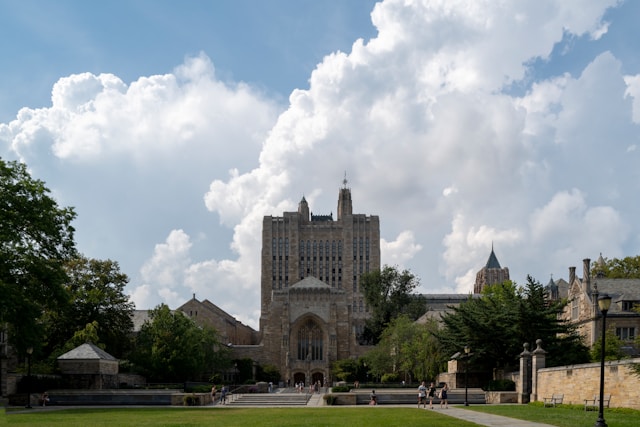Connecticut’s legislature just moved a big piece forward in the fight against the state’s housing crisis. The Senate approved House Bill 8002, known as An Act Concerning Housing Growth.
Now it’s up to Governor Ned Lamont. If he signs, the bill could shake up how communities handle housing, with the goal of expanding affordable options, reusing underused properties, and nudging smarter infrastructure planning.
Explore top-rated stays with no booking fees and instant confirmation. Your dream trip starts here!
Start Exploring Now
Year after year, housing shortages have pushed rents higher and made homelessness more visible in places from Hartford to Stamford. This bill might finally mark a shift in how the state deals with housing.
Understanding Connecticut’s Housing Shortage
Governor Lamont keeps reminding folks that Connecticut is among the states with the worst housing shortages. It’s not just the bigger cities like New Haven and Bridgeport feeling the pinch.
Smaller towns—think Glastonbury, Mystic, Ridgefield—are seeing home prices soar and rental options dry up. Not enough housing gets built to keep up with demand, and many places wrestle with how to grow without losing what makes them unique.
Lamont warns that if nothing changes, affordability will only get worse.
Housing Growth Requires Community Collaboration
The governor says towns have to work together for this bill to mean anything. Whether it’s Norwalk or Torrington, communities need to team up with state agencies to build infrastructure and find spots for new housing.
Lamont’s office spent months hashing things out with lawmakers, nonprofits, and urban planners, trying to make sure the bill was both realistic and broad enough to matter.
Key Provisions of House Bill 8002
This bill stands out for a few targeted reforms. It’s about making it easier to build and cutting through old red tape.
From Controversy to Consensus
Earlier this year, a similar plan hit a wall. Municipal leaders worried about losing control over zoning, so Governor Lamont vetoed it.
This time, after a lot of back-and-forth with towns from Greenwich to Norwich, lawmakers made changes to give local governments more flexibility. Still, the bill keeps the pressure on for more housing across the state.
It’s also worth noting that this bill drew support from both sides—Republicans and Democrats. Lamont gave a nod to legislative leaders Bob Duff and Jason Rojas for helping bring folks together, which isn’t something you see every day.
The Impact on Connecticut Communities
If the bill becomes law, it could start making a difference in the next few years. Suburban spots like West Hartford and bigger cities might see more affordable housing, giving families and individuals some relief.
Cutting parking mandates and reusing commercial spaces could also breathe some life back into downtowns that have been struggling.
Challenges Ahead
Of course, it’s not all smooth sailing. New housing means towns will need to upgrade water, sewer, and transportation systems.
And honestly, it’ll take steady teamwork between state agencies, local leaders, and private developers to pull this off—without losing what makes Connecticut’s towns special.
Governor Lamont’s Roadmap for the Future
Lamont’s housing strategy doesn’t stop with this legislation. He’s said he wants ongoing policy innovation and more funding for affordable housing projects.
He’s also pushing for stronger partnerships between communities and developers. His team sees housing growth as closely tied to economic development and workforce stability.
It’s not just about numbers on a page—there’s a real impact on quality of life in cities like New Britain and Middletown.
With House Bill 8002 heading to Lamont’s desk, Connecticut’s at a crossroads. The next few years will shape whether housing actually gets easier to find for people living here.
Here is the source article for this story: Housing bill passes Senate, heads to governor’s desk
Find available hotels and vacation homes instantly. No fees, best rates guaranteed!
Check Availability Now








